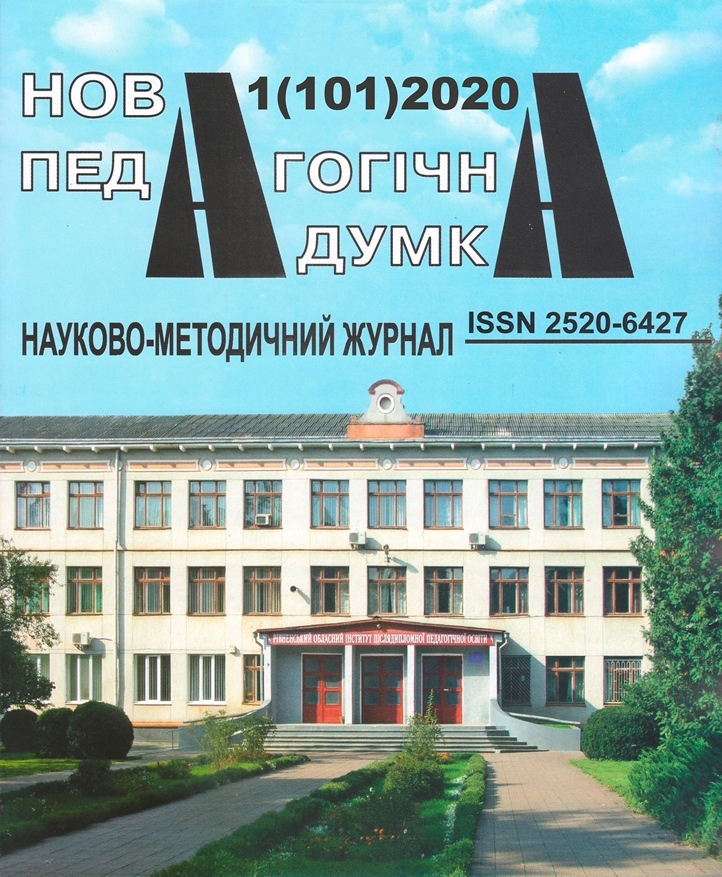HALIC AND CARPATO-RUSINIAN TRADITIONS CHURCH AND MONODIAL SONG OF THE NINETEENTH CENTURY (on the example of monostrophic condacks)
Abstract
The article deals with the musical features of 19th-century Western Ukrainian kontakions, which allows to differentiate Galician and Carpathian-rusinian singing areas. The poetic basis of the kontakions of both these traditions is common (except for minor variations) and is a canonical version of Nikon. However, from the point of view of the musical component, the difference is observed – the Carpathian-Russian tradition is more archaic: it preserves separate chants of a small significant chant (noted by Stephan Reynolds, Joan Roccasalvo), specific falsification, mismatch of long sounds. The Galician tradition, though ahead of the Carpathian-rusinian time of compilation, shows more modern musical style. But the similarity of some melotypes shows that the traditions are partly related, and there were intra-church connections. The similarity (though not the identity) of the compositional structures of Sunday kontakions and troparions of the Galician and Carpathian-rusinian traditions is noted. The musical analysis of the kontakions of the second half of the 19th – beginning of the 20th centuries shows the existence of a typology of compositional structures common to all troparion genres: 1) one-line (series); 2) two-row (arsis / thesis); 3) with one or two additional melodies, mainly in code (available in forms with different number of key melodies). Comparison with the results of Byzantine kontakion studies by German musicologist and byzantologist Constantin Floros reveals that the Galician and Carpathian-rusinian samples retain the principles of formation characteristic for Byzantine troparion hymns.





